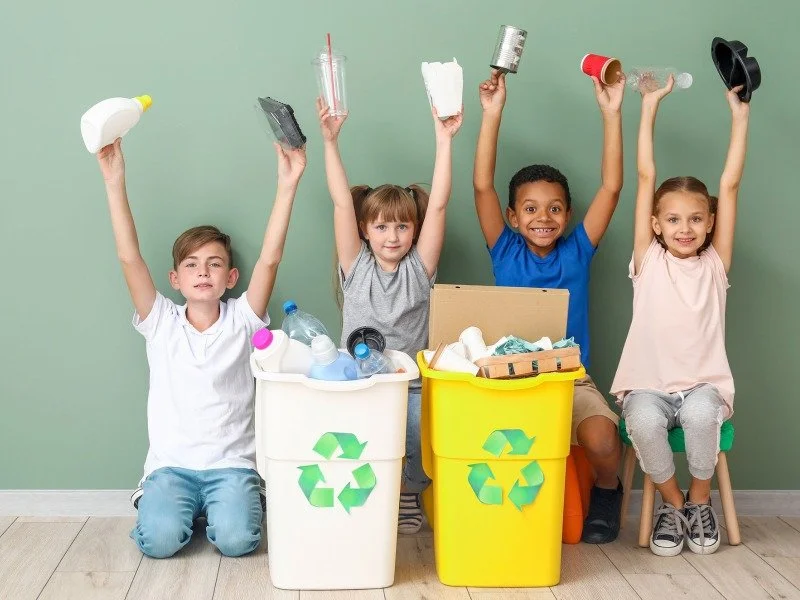World Environment Day actions
Let’s beat plastic pollution
This World Environment Day, let’s look at what we can do to tackle the plastic pollution problem.
According to the UN Environment Programme, more than 400 million tonnes of plastic is produced every year. Half of it is designed to be used only once. One bag. One container. One bottle. Only 10% of that is recycled, leaving an estimated 19 to 23 million tonnes as litter in lakes, rivers and seas. Plastic is in our landfill, our ocean, our rivers and our green spaces – everywhere we look.
Do you know much about microplastics? They are tiny pieces of plastic particles that come from the breakdown of larger plastic, and also from commercial product development. They can find their way into the food we eat, and eventually into us!
There is some good news. People are working hard to tackle the problem. CSIRO is working on the plastic pollution problem by using innovative science and technology. Organisations like Seabin collect litter from our seas and rivers and compile the data. Recycle Mate helps you recycle anywhere in Australia. If you take a photo, or type the name of an item into the app, Recycle Mate will give you disposal advice based on your location. And over 9 billion (yes 9 billion!) bottles and cans have been recycled via Return and Earn.
What can I do?
Our actions, no matter how small, make a difference. As parents, teachers and environmental guardians, we can try some of these ideas:
Reduce single-use plastics – Take your own reusable bags, straws, and utensils when you go out.
Recycle more – Read the Australian Recycling Label on products and follow the guide to make sure you separate your rubbish correctly.
Support plastic-free initiatives – Our states and territories are phasing out single-use plastic products. Learn about what that means for your home town.
Use plastic-free alternatives – Reusable bags, utensils, metal straws and stainless steel water bottles are all great alternatives to single-use plastic products. You can also save money by buying the item once, instead of buying a single-use product over and over again.
Spread awareness – Tell people about plastic pollution and its impact on our environment. Share the great things people are doing to beat plastic pollution.
For teaching ideas, education resources and activities on litter, waste and recycling, see the environmental education directory.

